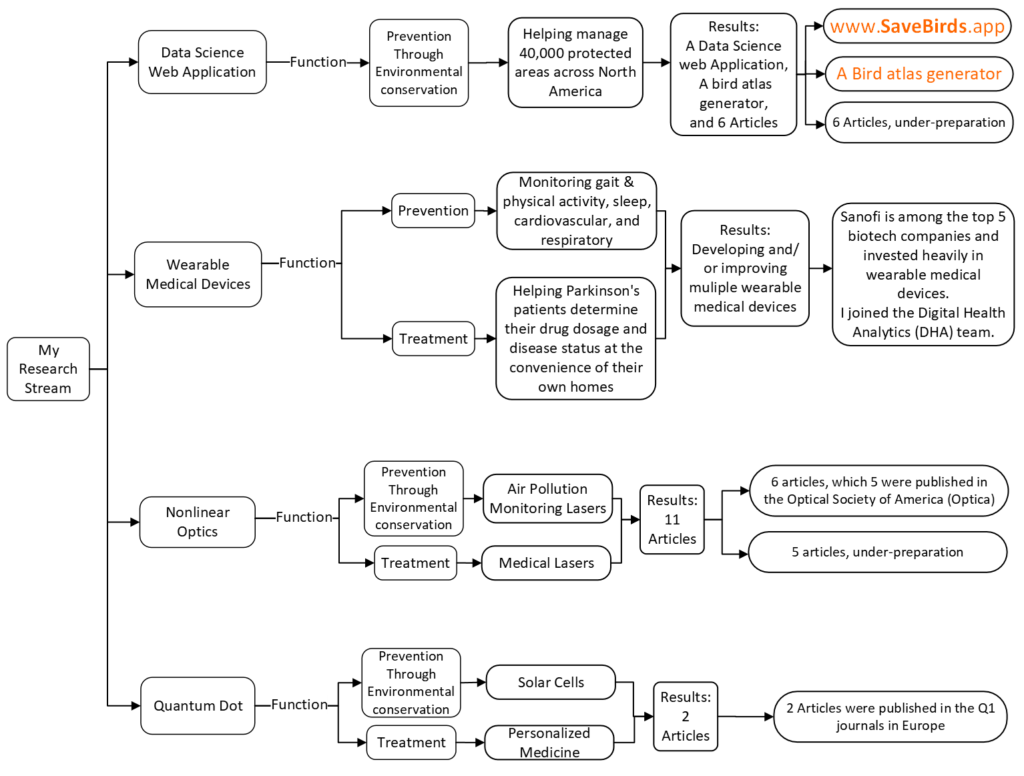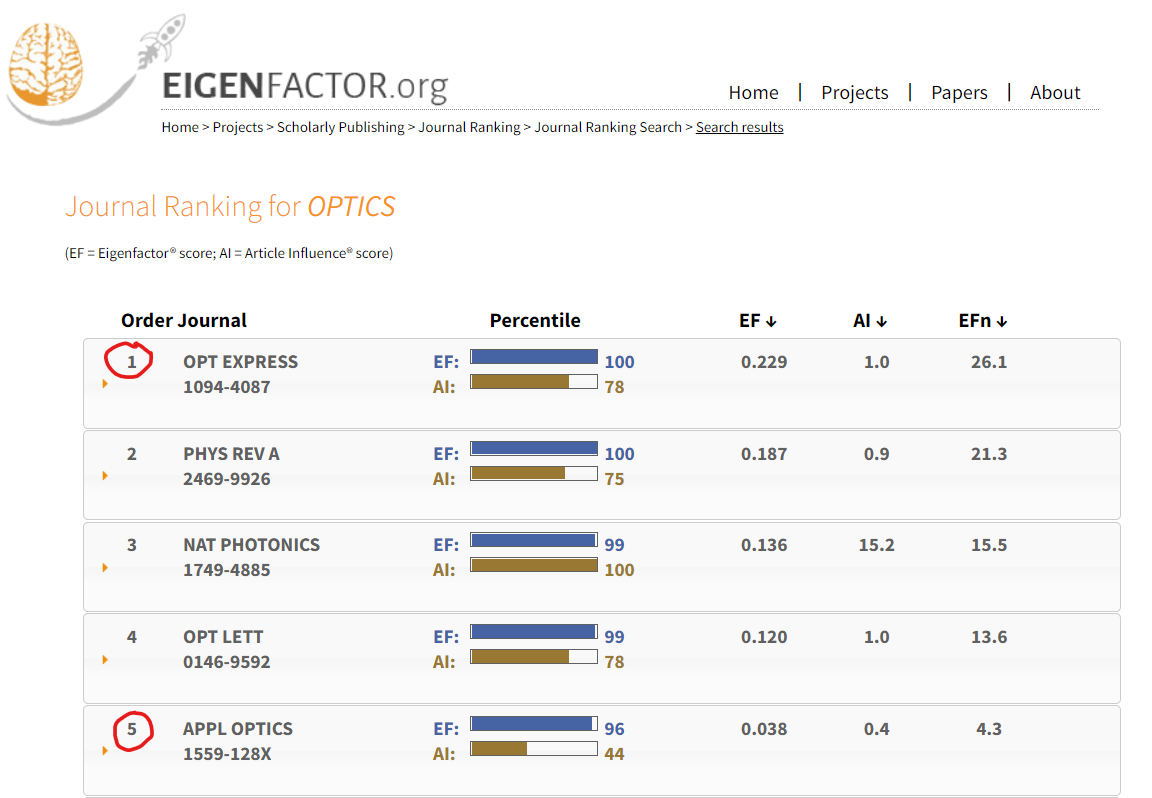My research has always centered on the field of health using two independent directions:
Prevention through developing new technologies to protect the environment,
Treatment by developing new technologies for new drugs or diagnostic/therapeutic medical devices.
The “www.SaveBirds.app” is my Ph.D. project. It is a novel Data Science web application that helps manage 40,000 Protected Areas (PAs) across North America. Also, SaveBirds fuels the US$75 billion wildlife-watching industry indirectly. Since 1966, the Breeding Bird Survey (BBS) has been collecting structured data of 800 bird species from 300,000 locations, across North America as the BBS dataset. In the presence of this valuable dataset, I developed SaveBirds to enable ecologists, biologists, landscape managers, and authorities to evaluate the status of the PAs in any region of North America.
As part of my Ph.D. project, I developed the first publicly available comprehensive Bird Atlas Generator of North American Breeding Bird Survey data which is available at SaveBirds. Statistical studies on bird biodiversity cannot be conducted without an adequate atlas. While atlases have been produced, they have not been made publicly available. On the other hand, our atlas facilitates many studies and speeds up the process of research in ecology since it is based on the BBS Dataset, which is unique in a variety of ways. In addition, SaveBirds now offers a section where users can independently generate their own bird atlases for any year interval and any region in North America. We have called this section Bird Atlas Generator.
In the summer of 2022, I joined a project at Sanofi in Cambridge, MA, to work on Wearable Medical Devices. As a Data Science intern, I was responsible for developing a Python package to implement multiple algorithms and run diagnostics. I also covered data preprocessing on accelerometer data. These devices monitor gait and physical activity and sleep with prevention value. They are of great help to Parkinson’s patients in determining their drug dosage and disease status at the convenience of their homes. Currently, Parkinson’s patients must visit medical centers in person to monitor the effectiveness of their medications. However, taking care of patients is done slowly due to the lack of specialists in this field as well as the lack of advanced equipment. Also, the monitoring cost is very high, and many people cannot afford it. The device, we were working on, is easily attached to their belt, records the patient’s movement information, and sends it to the patient’s medical file via Wi-Fi. This way, the monitoring cost is significantly reduced, the patient does not need to visit at all, and all monitoring is done remotely.
In nonlinear optics, our focus was on the thermal effects of lasers on nonlinear crystals. Laser production using nonlinear crystals is much more efficient and cheaper than previous laser production methods. But the problem is that due to the absorption of laser light in the nonlinear crystal, the temperature of the crystal rises too high, and the crystal burns. By discovering the mechanism of heat generation and propagation in nonlinear crystals, we help the manufacturers of these lasers to prevent premature burning of these crystals, thus significantly reducing the maintenance cost of these lasers. These lasers have a variety of applications in industry, such as medicine, diagnosis, and evaluation of air pollutants.
- Treatment Impact: (in medical lasers)
With proper use, lasers allow the surgeon to accomplish more complex tasks, reduce blood loss, decrease postoperative discomfort, reduce the risk of wound infection, and improve wound healing.
- Prevention Impact Through Environmental conservation: (in air pollution monitoring lasers)
Rayleigh scattering laser radiation is elastically scattered from atoms or molecules with no frequency change. Several remote sensing instruments are used to measure pollutants.
In the domain of quantum dots, our focus has been on recognizing the optical properties of the most widely used quantum dots (GaN/AlN and InAs/GaAs). The results of our research help manufacturers of new generation solar cells and personalized medicines to make more efficient products. In fact, to use any substance, its physical properties must be known, and in the case of quantum dots, their optical properties are the most important. Because after learning their optical properties, their interaction with electromagnetic waves can be exploited in production.
- Treatment Impact: (in personalized medicine)
Quantum dots possess unique photophysical properties suitable for addressing the needs of personalized medicine. Utilizing multicolor QD probes (A) and tuning the emission color by the particle size allows multiplexed biomarker detection. Narrow emission spectra (B) along with efficient light absorption throughout a wide range enable simultaneous imaging of several biomarkers critical for molecular profiling of diseases.
- Prevention Impact Through Environmental Conservation: (in solar cells)
Quantum dots have the potential to increase the efficiency of converting sunlight into energy dramatically — perhaps even doubling it in some devices — because of their ability to generate more than one bound electron-hole pair, or exciton, per incoming photon


